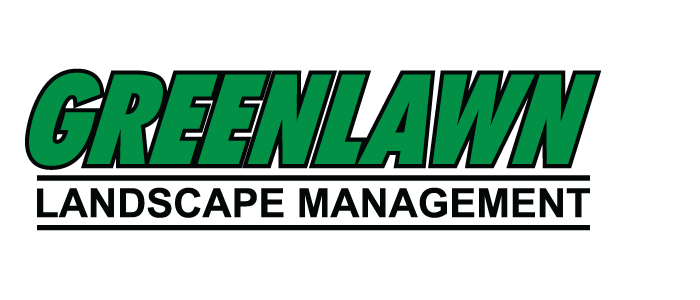Treat compacted earth before grass turns brown
When an excess buildup of thatch meets a hard and compacted soil, the health of your lawn can spiral downward. It may be time for a core aeration.
Brown grass — during what should be the growing season — is often one of the first signs of the need for lawn aeration. It turns brown because hard, compacted soil and excessive thatch prevents water and nutrients from reaching through the soil to the roots.
Greenlawn customers whose yards have clay soils are advised to watch for signs of the need for lawn aeration, but excessive thatch can become a problem in areas with sandy soils as well. A heavy snowpack or children’s hard playing also contribute to soil compaction.
Hard, compacted soils prevent the roots of grass from reaching deep enough to partake of the nutrients they need. Rainfall runs off rather than sinking in to reach the roof system, depriving your grass of irrigation.
During the core aeration process, Greenlawn’s pros employ a device with hollow tines that pull up plugs of the thatch layer and topsoil, literally giving your lawn’s root system more breathing room and the ability to accept water and nutrients.
How do you know if your lawn needs a core aeration?
Press the point of a screwdriver into your lawn in several places, but not immediately after a rain. If it’s difficult to push the screwdriver into the soil, it’s time to ask Greenlawn about a core aeration.
If the problem has more to do with excess thatch than compacted soil, a power raking may be the way to go.
Sometimes, power raking followed by core aeration and then re-seeding is the best way to restore a lawn to lush, green health.
If your lawn isn’t looking as good as the neighbor’s, ask the pros at Greenlawn Landscape Management what course of treatment they recommend. This company never sells you more services than you need.
